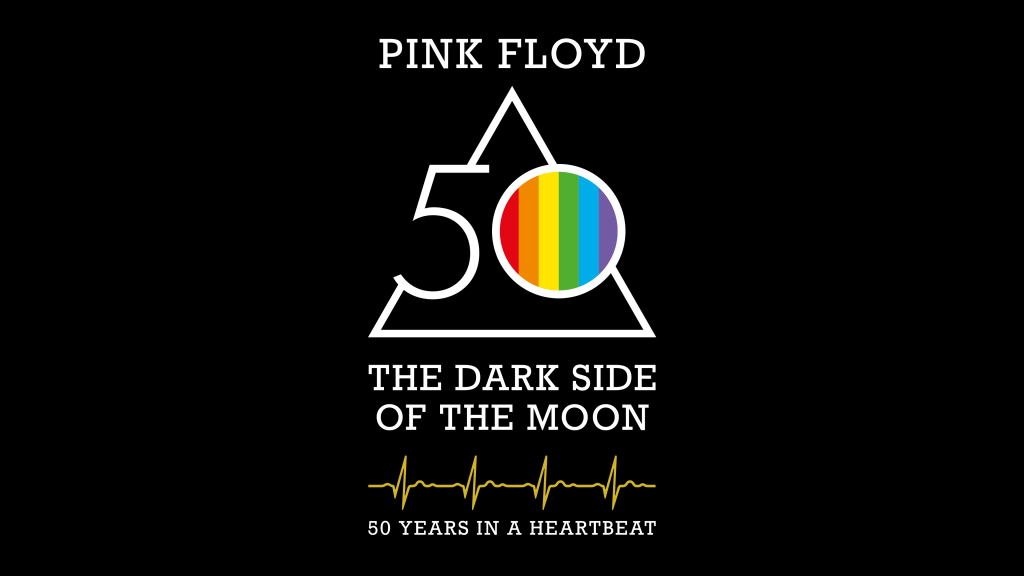Dr. Sam Hess
Super-Resolution Microscopy:
Illuminating Biological Functions to Cure Disease
Thursday, September 12 at 7:00 pm
New methods of imaging individual molecules are providing exceptional insight into a variety of diseases. Resolution in microscopes is typically limited by diffraction, but in 2006, three new techniques were invented which could break these limitations allowing imaging of individual florescent molecules. Explore one of these techniques called FPALM developed by Dr. Sam Hess and see how he is using this method to take an unprecedented look at influenza, muscular dystrophy, and the immune system, and how imaging these at the molecular level may provide ways to fight disease and improve human health.
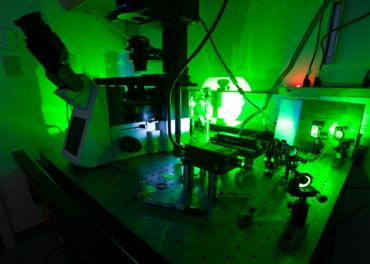
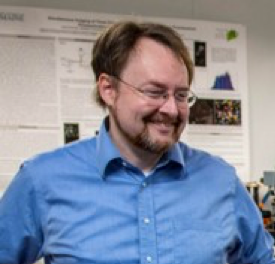
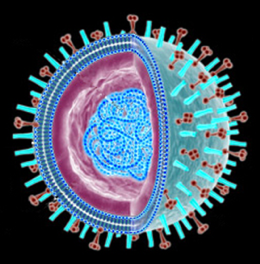
Sam Hess is professor of physics in the Department of Physics and Astronomy at the University of Maine. After graduating from Old Town High School in 1991, Sam earned a B.S. from Yale University in 1995, and a Ph.D. from Cornell University in 2002. Sam explored biological membranes and viral infection during a postdoc at NIH. He published the method Fluorescence Photoactivation Localization Microscopy (FPALM), which was cited by Science as a “Top Ten Scientific Breakthrough of 2006,” as “Method of the Year” by Nature Methods in 2008, and in Nature Milestones in 2009.
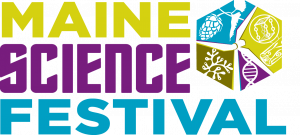
The Science Lecture Series at Emera Astronomy Center will take place the second Thursday of each month and is a partnership project with the Maine Science Festival and will feature research from a variety of science disciplines from around our state and use the digital planetarium to visualize these discoveries in a new dramatic and immersive way.
Tickets for planetarium programs are $6 for Adults, $5 for UMaine Students/Veterans/Senior Citizens, and $4 for children under 12. Click here to view our calendar.
Tickets are available online at http://astro.umaine.edu, by calling 581-1341, or at the box office.






